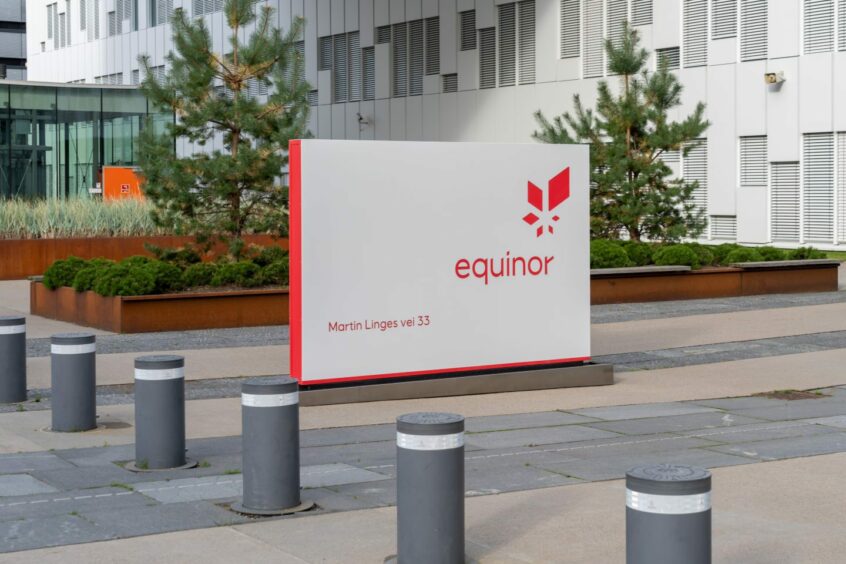
Equinor’s (OSE:EQNR) profits for the second quarter fell 4% year on year but managed to beat analysts’ forecasts, according to its latest results.
The Norwegian oil major’s adjusted earnings before tax for April-June fell to $7.48 billion from $7.8b in the same period of 2023, while its earning post-tax were $2.15b.
The weaker performance was driven by lower gas prices, in part caused by warmer weather, with reduced demand and high storage levels helping bring prices down.
However, Equinor’s results beat its predicted earnings before tax result of $6.96b, according to 22 analysts the company polled.
The company kept its forecasted capital expenditure of $13b for this year.
Equinor’s second quarter oil and gas output remained strong, coming in at 2.05m barrels of oil equivalent per day. This is more than expectations of 2.03m boepd, and up from 1.99m boepd a year ago.
The strong output performance was helped by the production from its UK Buzzard field, along with new wells. This helped offset lower production from its US assets due to turnarounds offshore and planned curtailments onshore to capture higher value when demand is higher.
In its renewable energy division, Equinor revised its expected production growth for 2024 to 70% compared to 2023, down from its expected doubling.
This was due in part to pushing back full commercial operations of its 1.2GW Dogger Bank A offshore wind farm from late 2024 to the first half of 2025.
The project currently has 27 turbines either fully or partly installed.
In total, Equinor produced 655GWh from renewables in the second quarter, up 90% from the same quarter last year.
President and CEO of Equinor Anders Opedal said: “Our operational performance continued to be strong through the quarter and we delivered 3% production growth. This secured solid financial results. We maintain a competitive capital distribution, expecting to deliver a total of $14b to our shareholders in 2024.
“Field developments and high production contributes to energy security for Europe. To unlock further long-term value creation, we continue to optimise our portfolio. We also progressed our renewables projects and accessed three new licences for CO2 storage, to build a profitable business for a future low carbon energy system.”
Recommended for you
